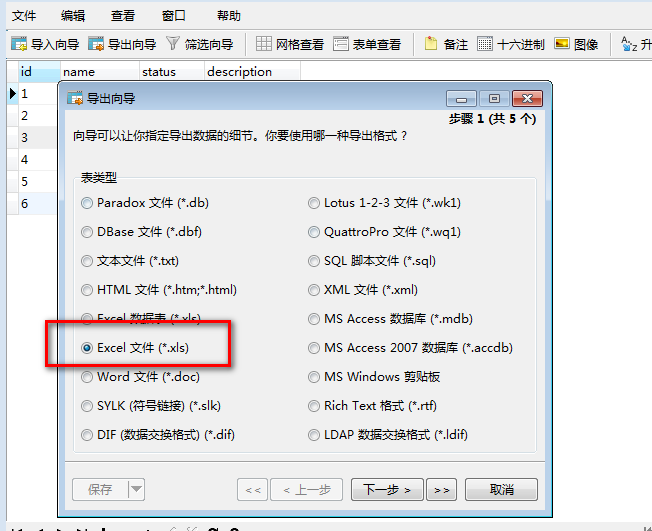答案:String s1 = null;
String s2 = null;
System.out.println(s1==s2);//true
//System.out.println(s1.equals(s2));//NullPointerException
s1 = s2;
System.out.println(s1==s2);//true
//System.out.println(s1.equals(s2));//NullPointerException
System.out.println("***1***");s1 = null;
s2 = "";
System.out.println(s1==s2);//false
//System.out.println(s1.equals(s2));//NullPointerException
s1 = s2;
System.out.println(s1==s2);//true
System.out.println(s1.equals(s2));//true
System.out.println("***2***");s1 = "";
s2 = null;
System.out.println(s1==s2);//false
System.out.println(s1.equals(s2));//false
s1 = s2;
System.out.println(s1==s2);//true
//System.out.println(s1.equals(s2));//NullPointerException
System.out.println("***3***");s1 = "";
s2 = "";
System.out.println(s1==s2);//true
System.out.println(s1.equals(s2));//true
s1 = s2;
System.out.println(s1==s2);//true
System.out.println(s1.equals(s2));//true
System.out.println("***4***");
s1 = new String("");
s2 = new String("");
System.out.println(s1==s2);//false
System.out.println(s1.equals(s2));//true
s1 = s2;
System.out.println(s1==s2);//true
System.out.println(s1.equals(s2));//true
System.out.println("***5***");s1 = "null";
s2 = "null";
System.out.println(s1==s2);//ture
System.out.println(s1.equals(s2));//true
s1 = s2;
System.out.println(s1==s2);//true
System.out.println(s1.equals(s2));//true
System.out.println("***6***");
s1 = new String("null");
s2 = new String("null");
System.out.println(s1==s2);//flase
System.out.println(s1.equals(s2));//true
s1 = s2;
System.out.println(s1==s2);//true
System.out.println(s1.equals(s2));//true
System.out.println("***7***");s1 = "abc";
s2 = "abc";
System.out.println(s1==s2);//ture
System.out.println(s1.equals(s2));//true
s1 = s2;
System.out.println(s1==s2);//true
System.out.println(s1.equals(s2));//true
System.out.println("***8***");
s1 = new String("abc");
s2 = new String("abc");
System.out.println(s1==s2);//false
System.out.println(s1.equals(s2));//true
s1 = s2;
System.out.println(s1==s2);//true
System.out.println(s1.equals(s2));//true
System.out.println("***9***");总结:
凡是比较基本类型只能用==,比较结果你看到的字面值相等就会相等,
什么叫基本类型? byte,short,int,long,char,float,double这几种就是基本类型.基本类型不是对象所以不存在用equals比较.
凡是比较引用类型(对象),==比较的是两个引用是不是指向同一个内存地址,equals比较的是两个引用的字面值是不是相同,什么叫字面值?你能看到的值就是字面值,比如:String s="abc"; abc就是字面值.
基本类型的包装类型是对象类型,所以除非两个相同字面值的引用指向同一内存地址,值才会相等,比如:
Integer a=new Integer(3);Integer b=a;//互相赋值这样用等号或equals比较都会得出true,记住一点,凡是两个引用都用了new去初始化,那==比较的结果都只会是false,互相之间有了赋值,比较结果就为true.
比较不好理解的一点:
String a="abc";
String b="abc";
a==b和a.equals(b);结果都会为true,因为没有用new去新建对象,其实a和b都指向的是同一个String对象"abc",改成:
String a=new String("abc");
String b=new String"abc");
后==的结果就是false了.总之参照上面的说明,不难理解.
上一个:c#学习方法? c#和java 区别?
下一个:求Java的参数 .急……
- 更多JAVA疑问解答:
- java怎么在线读取ftp服务器上的文件内容
- 关于程序员的职业规划
- HTML和JSP矛盾吗?
- java小程序如何打包?
- java怎么split路径文件名?
- jsp+javaBean中Column 'ordersPrice' specified twice的错误
- Java TCP/IP Socket网络编程系列
- 大家来讨论一下我到底该用什么好?Swing 还是 JavaFX
- 关于Hibernate实体自身多对一的抓取问题
- 关于apache2+tomcat群集出现的问题
- spring 获取上下文问题
- SSH 导入导出excel 谁有这块的资料吗?
- Ext TreePanel 刷新问题
- springmvc 加载一个jsp页面执行多个方法 报404
- checkbox数组action怎么向页面传值





